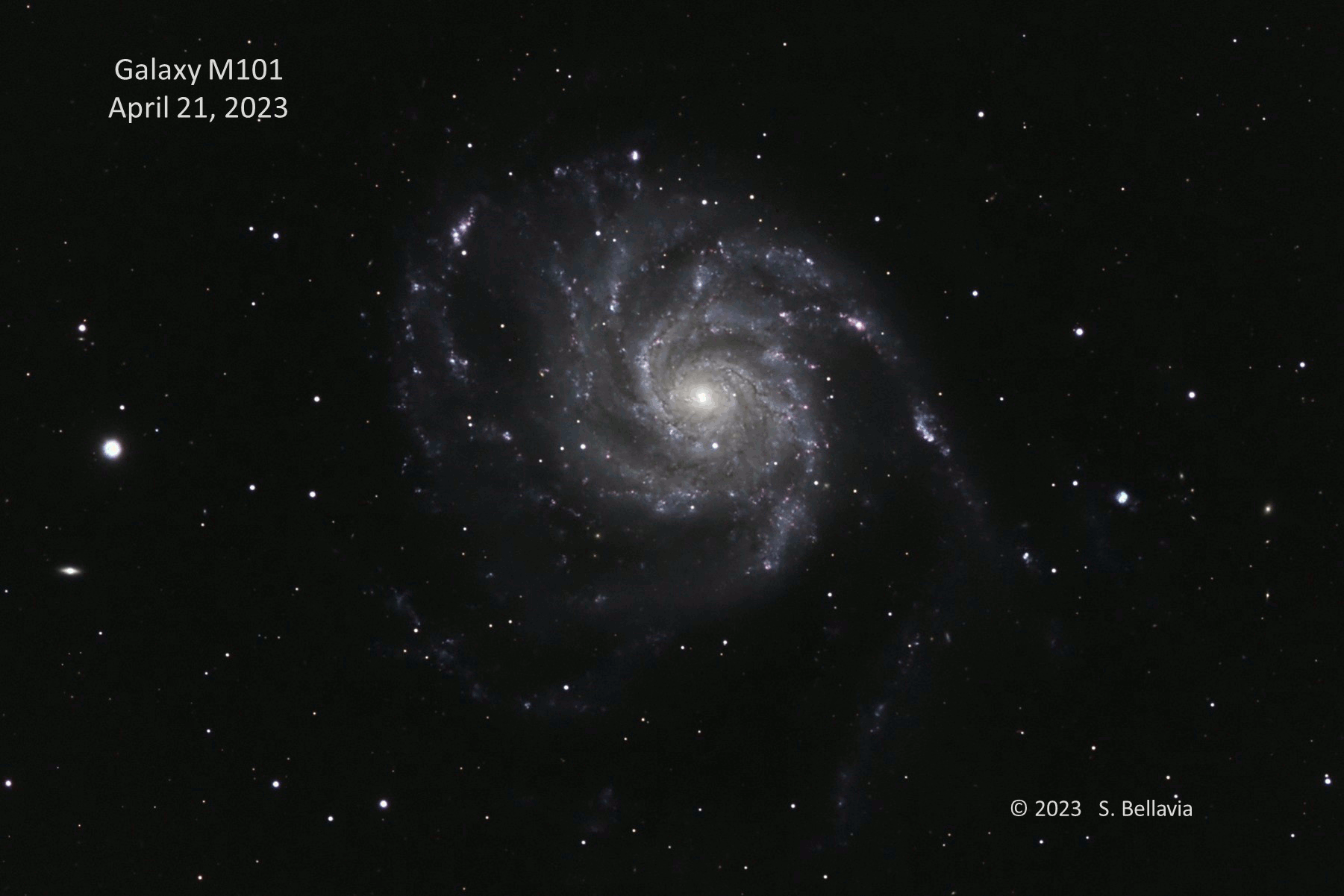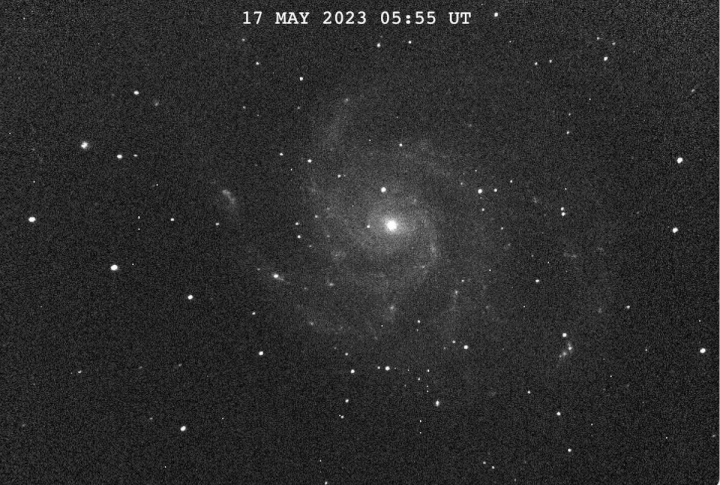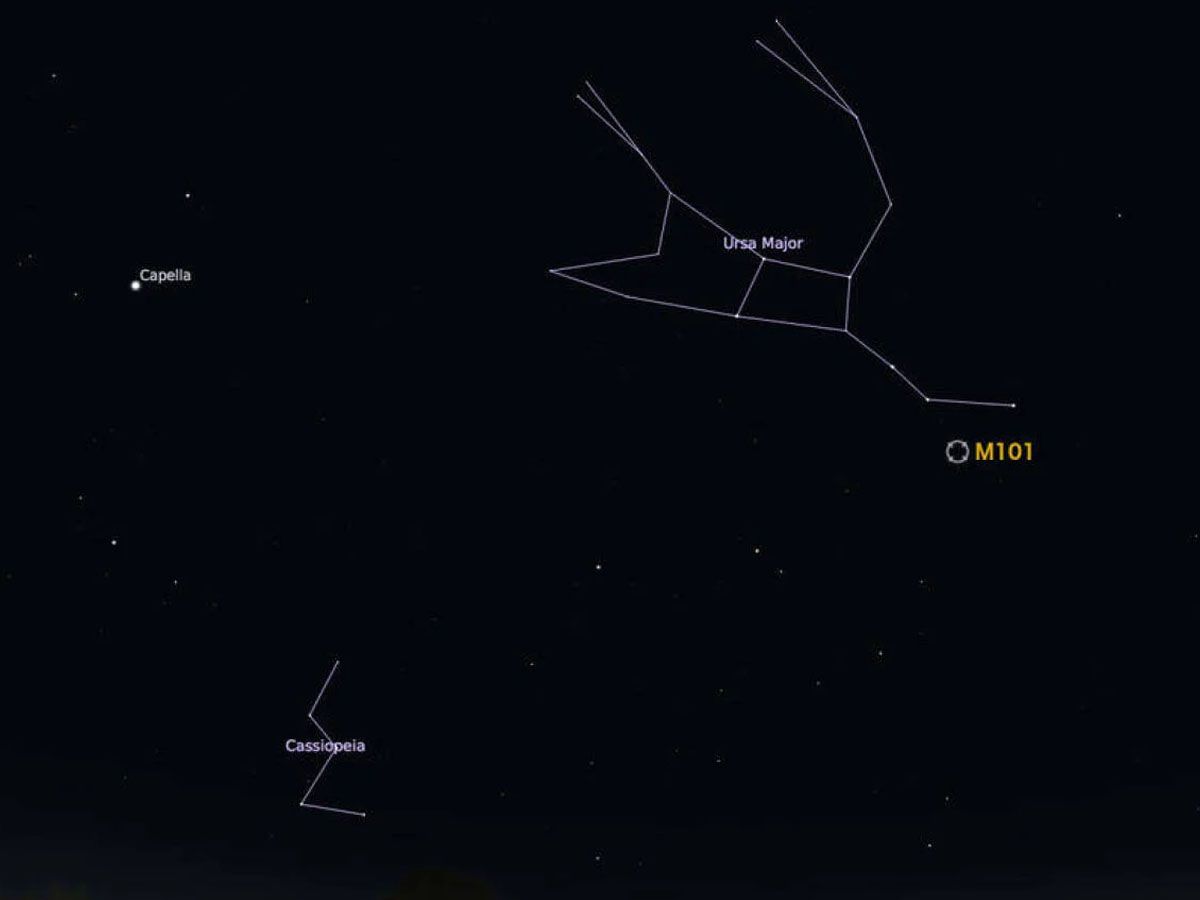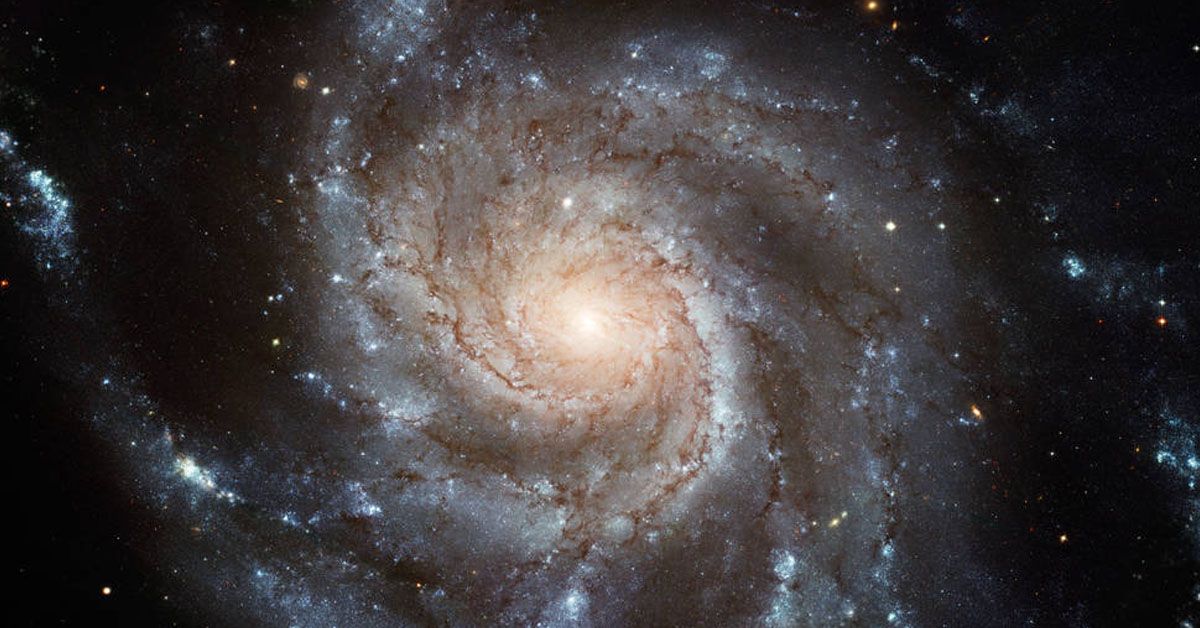The cosmos has a fresh entrant in its celestial panorama, an explosion of stellar proportions that illuminates the tapestry of the universe with unprecedented luminosity. Prepare to witness the spectacle of a supernova dubbed SN 2023ixf, a celestial event poised to blaze its vibrant legacy across the celestial realm.
The detonation of this colossal star, marking one of the largest and brightest supernovae observed in recent years, is set to etch a new narrative in the annals of stellar observations. Curated from the secret corners of the cosmos, this celestial phenomenon offers an irresistible spectacle to every stargazer, amateur astronomer, and astrophysicist alike, unraveling the infinite mysteries within the heart of a star's terminal explosion.
Discovery of the Supernova SN 2023ixf
Destined to make its celestial debut on May 25, SN 2023ixf is no ordinary supernova. Tucked within the shimmering spiral arms of the Pinwheel Galaxy, this cosmic spectacle is slated to be one of the most radiant and sizable supernovae of the past decade. Residing in the Messier 101 galaxy, this star, on the brink of cataclysmic self-destruction, heralds a new chapter in the galactic saga.

Emerging from the lenses of an intrepid supernova hunter, the inception of SN 2023ixf unraveled. Koichi Itagaki, a seasoned astronomer from Yamagata, Japan, first spotted the nascent supernova in an image he captured on May 19, 2023. Despite unfavorable weather conditions and a sky cloaked in clouds, Itagaki's determination prevailed, leading to his 172nd supernova discovery since he embarked on his astronomical journey in 2000.
Confirmation of this monumental find ensued swiftly. The Zwicky Transient Facility telescopes, situated in California, re-examined the skies and authenticated Itagaki's claim on May 20. With two sets of keen astronomical eyes converging on the same spot, the existence of SN 2023ixf was sealed.
Characteristics of the Supernova SN 2023ixf
With coordinates at R.A. 14h 03m 38.6″ and Dec. +54° 18′ 42″, SN 2023ixf lies within an outer spiral arm of M101, close to the HII region NGC 5461. Discovered at a magnitude of 14.9, the supernova swiftly brightened to a magnitude of 13.5, merely 11 hours post-discovery. As of May 21st, it blazed at a magnitude of 11.1 and continues to ascend.
The luminosity of SN 2023ixf has been an astronomical spectacle to behold. This astral entity started its cosmic journey as a mere speck of light but has rapidly escalated in brightness, making its presence known to observers on Earth. In fact, there are predictions that it may even outshine the brilliance of SN 2011fe, the previous supernova event in the M101 galaxy.

Categorized as a Type II supernova, SN 2023ixf embodies the demise of an aging supergiant star and its transformation into a neutron star or black hole. This category of supernova results from a massive star unable to resist its own gravity, leading to a catastrophic collapse. Pre-discovery images hint at a red supergiant star surrounded by a circumstellar dust shell as the potential progenitor star.
Observation of the Supernova: Role of Backyard Telescopes and Amateur Astronomers
Embarking on the journey to witness this cosmic spectacle is within the reach of aspiring astronomers. SN 2023ixf can be observed near the border of Ursa Major and Boötes, specifically within the Pinwheel Galaxy. The supernova's location in the night sky can be charted by starting at Mizar in the Big Dipper and following the star chain to M101.
To the unaided eye, the supernova may be indistinguishable amidst the stellar tapestry. However, equipped with modest backyard telescopes, amateur astronomers can perceive SN 2023ixf as a small, distinct point of light within the celestial expanse. Enthusiasts familiar with observing M101 might even recognize the supernova as an unusual addition in one of the galaxy's spiral arms.

For those unable to witness the spectacle firsthand, the Virtual Telescope Project in Rome, Italy, offers a solution. The organization plans to stream the astronomical event live via robotic telescopes on May 25. In addition, guides to telescopes, binoculars, and camera equipment are readily available for those interested in astrophotography.
Various factors, such as environmental conditions, may influence the visibility of SN 2023ixf. For instance, smoke from Canadian wildfires has the potential to obscure the sightline. Fortunately, monitoring tools such as NOAA's Fire and Smoke map can help stargazers stay abreast of visibility trends and conditions.
The Value of SN 2023ixf to the Scientific Community
The detonation of a supernova within our cosmic neighborhood is a rarity, occurring approximately once per decade. As such, the emergence of SN 2023ixf is not merely a visual spectacle, but a crucial event in astronomical research. Its proximity, estimated at about 21 million light-years, marks it as the second closest supernova explosion in the past 10 years.
Astronomers and scientists have mobilized to investigate SN 2023ixf in depth. This includes researchers operating the Hubble Space Telescope, capturing high-resolution imagery of the event. Initial findings suggest the supernova was birthed by a red supergiant star with a surrounding shell of dust, shedding light on the star's life before its fiery end.

The study of SN 2023ixf opens a gateway to unraveling long-standing mysteries in astrophysics. Understanding the life cycles of massive stars, from inception to explosive demise, and the subsequent formation of neutron stars and black holes is a vital area of interest. SN 2023ixf's proximity and early detection offer a valuable opportunity for in-depth study, from its initial stages of brightness to eventual decay. As such, every moment observed and data gathered from this supernova contributes significantly to our understanding of the universe.
Sources: skyandtelescope.org / scientificamerican.com












